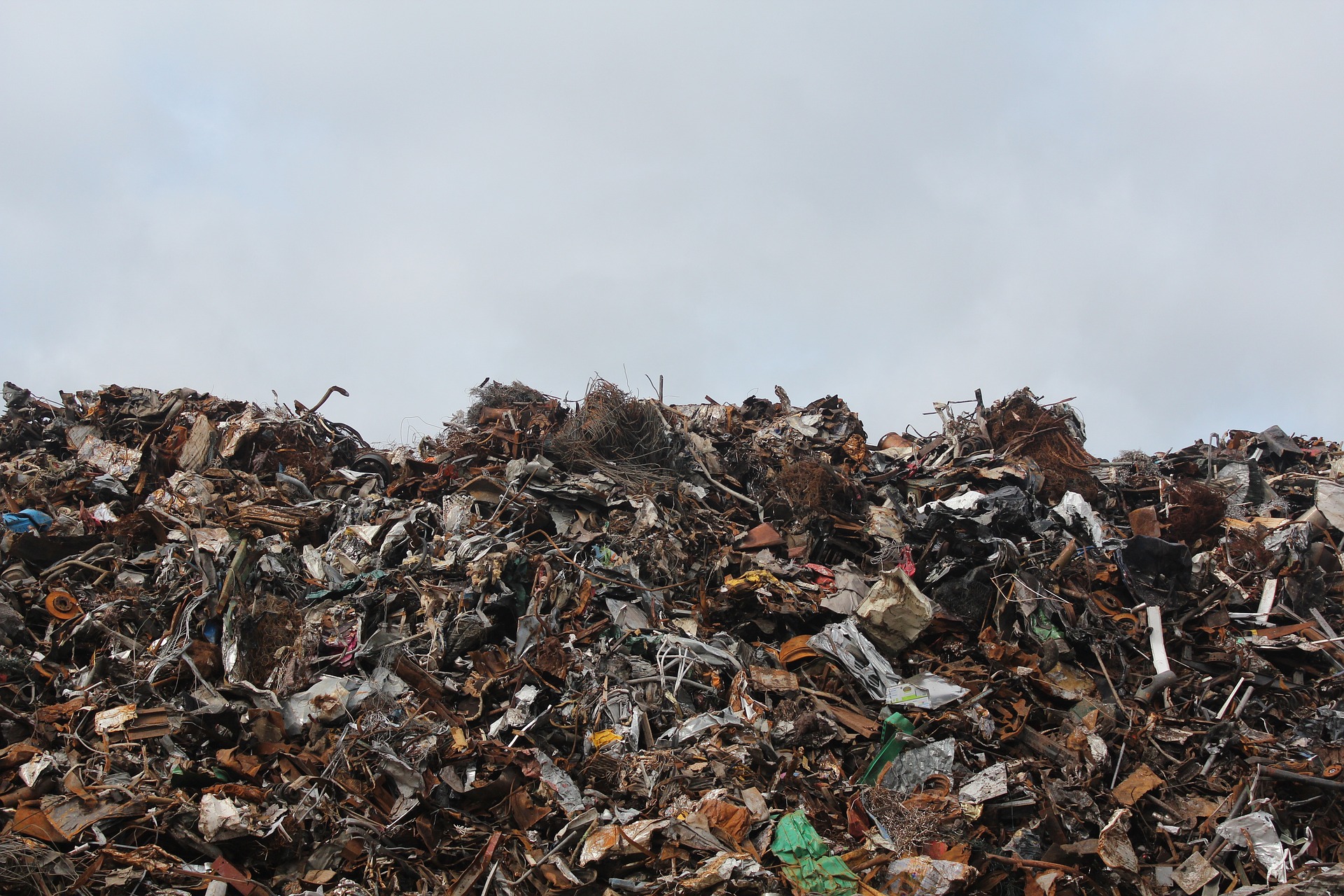Table of Contents
ToggleIntroduction
The world is producing an enormous amount of waste each year, and much of it ends up in garbage dumps. These sites are often located near residential areas, where the toxic waste can cause a variety of health and environmental problems. This article will provide an in-depth analysis of the impact of garbage dumps on the environment and the various sustainable solutions that can be implemented to address this issue.
The Problem with Garbage Dumps
The Environmental Impact of Garbage Dumps
Garbage dumps release a significant amount of methane and carbon dioxide, two of the most potent greenhouse gases, into the atmosphere. This contributes to climate change and global warming. Additionally, the leachate, or liquid that results from decomposing waste, can contaminate the surrounding soil and water sources, leading to serious health problems for both humans and wildlife.
The Social Impact of Garbage Dumps
Garbage dumps are often located near impoverished communities, where residents may be exposed to toxic chemicals and pollutants. This exposure can lead to a variety of health problems, including respiratory issues, skin diseases, and cancer. Additionally, garbage dumps can be a breeding ground for disease-carrying insects and rodents, further putting the health of nearby communities at risk.
Innovative Solutions to Reduce the Impact of Garbage Dumps
Waste Reduction and Recycling
One of the most effective ways to reduce the amount of waste that ends up in garbage dumps is to reduce waste production in the first place. This can be achieved through recycling and composting, which divert waste from landfills and reduce the need for new ones. Governments and businesses can also encourage consumers to reduce their waste by implementing policies such as plastic bag bans or by offering incentives for waste reduction and recycling.
Landfill Diversion Techniques
Another way to reduce the impact of garbage dumps is to divert waste from landfills altogether. Landfill diversion techniques include waste-to-energy facilities, where waste is burned to generate electricity, and anaerobic digestion, where organic waste is broken down by microorganisms to produce biogas. These techniques not only reduce the amount of waste in landfills but also provide a source of renewable energy.
Sustainable Waste Management Practices
Sustainable waste management practices involve a combination of waste reduction, recycling, and landfill diversion techniques. This approach prioritizes waste reduction and recycling while minimizing the impact of waste that still needs to be landfilled. It also involves a shift away from linear waste management systems, where waste is discarded after use, to circular systems, where waste is reused or recycled.
Conclusion and Call to Action
The Importance of Addressing the Garbage Dump Problem
The impact of garbage dumps on the environment and human health is significant and cannot be ignored. We must take action to address this problem, both through individual actions such as waste reduction and recycling, and through collective efforts such as sustainable waste management practices and landfill diversion techniques.
The Role of Governments and Businesses
Governments and businesses have a critical role to play in addressing the garbage dump problem. They can implement policies and initiatives that encourage waste reduction and recycling, provide funding for sustainable waste management practices, and invest in landfill diversion techniques. By working together, we can create a more sustainable future for ourselves and the planet.
Conclusion
The world is facing a growing garbage problem that is having a significant impact on the environment. The accumulation of waste is polluting our oceans, rivers, and landfills, causing harm to wildlife and humans alike. However, it is not too late to take action and implement sustainable solutions to reduce the negative effects of garbage on the environment.
It is essential to recognize the consequences of garbage and understand the need for sustainable waste management practices. One such approach is the three Rs: reduce, reuse, and recycle. Reducing the amount of waste we produce, reusing materials where possible, and recycling as much as we can are crucial steps in mitigating the impact of garbage on the environment.
Governments, businesses, and individuals can also take action by investing in sustainable waste management practices such as composting, waste-to-energy technologies, and waste segregation. These solutions can reduce greenhouse gas emissions, promote resource conservation, and prevent pollution.
The world’s garbage problem is complex, and there is no one-size-fits-all solution. However, by working together and adopting sustainable waste management practices, we can make a significant difference in protecting the environment and ensuring a sustainable future for generations to come.
In conclusion, we need to acknowledge the consequences of the garbage problem and take responsibility for our waste. Sustainable solutions are necessary to mitigate the damage, and we can all play a part in reducing the impact of garbage on the environment. By implementing sustainable waste management practices, we can create a cleaner, healthier, and more sustainable world.







